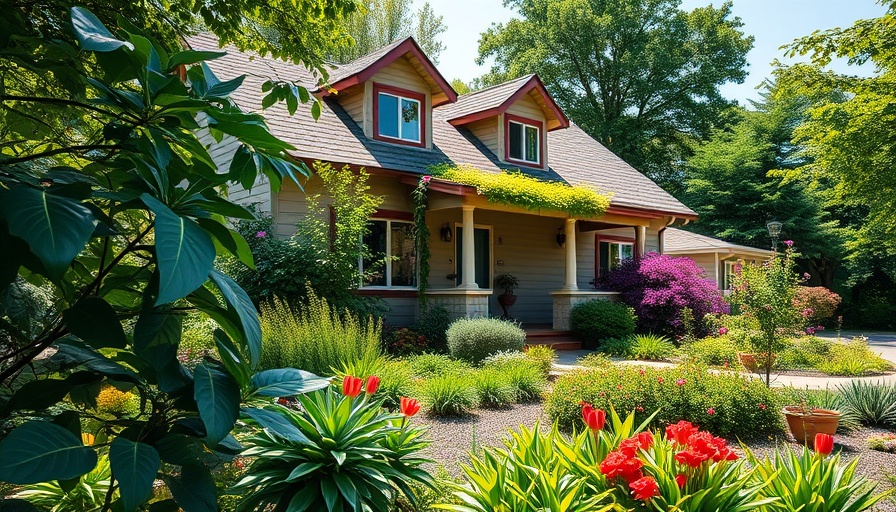
Understanding Invasive Plants and Their Impact on Gardens
Invasive plants are non-native species that cause harm to local ecosystems. While they may seem appealing at first, these plants can quickly take over your garden, choking out native flora and disrupting the balance that supports local wildlife. According to Mason Heberling, an expert on botany, the Eastern US is home to 400 to 500 species designated as invasive. This overwhelming statistic illustrates the need for homeowners to educate themselves about which plants to avoid.
Common Invasive Plants to Watch Out For
Among the many invasive species, certain plants commonly invade gardens across the country. For instance, Japanese Knotweed, known for its rapid growth, can take over areas and is notoriously difficult to eradicate. English Ivy has the tendency to smother native plants, while Tree of Heaven emits chemicals that inhibit the growth of surrounding vegetation. These plants may appear appealing, but their unchecked growth can lead to ecological imbalance and substantial garden maintenance challenges.
The Economic Cost of Invasive Plants
The presence of invasive species is not just a gardening problem; it has broader economic implications as well. The USDA estimates that invasive plants have cost the global economy around $1.3 trillion over fifty years. This statistic emphasizes the need for awareness and proactive measures among homeowners to protect their gardens and local environments from invasive threats.
Strategies for Managing Invasive Plants
Eradicating invasive plants requires diligence and effective management strategies. First, identifying the invasive species is crucial. Homeowners can then take action by removing these plants before they spread. Hand-pulling smaller infestations or using mulch to smother larger ones can be effective methods of control. Additionally, consider replanting the area with native species that support local wildlife, which could provide long-term benefits for both your garden and the environment.
Creating a Garden That Supports Native Flora
Transforming your garden into a sanctuary for native plants not only combats invasives but also supports the local ecosystem. Native plants have evolved along with local wildlife, providing essential resources such as food and habitat. By choosing to plant local species, homeowners can ensure they contribute positively to the environment while also enjoying a vibrant garden.
Tools and Resources for Homeowners
To assist in the management of invasive plants, there are numerous resources available. Homeowners can utilize local botanical gardens or extension services for guidance on identifying and managing invasive species. Online databases offer extensive lists of native and invasive plants, enabling homeowners to make informed decisions when selecting plants for their gardens.
Conclusion and Call to Action
Invasive plants are a significant challenge for homeowners, but with the right knowledge and strategies, these issues can be managed effectively. By remaining vigilant and proactive, homeowners can reclaim their gardens and support their local ecosystems. Take the first step today by researching local native plants and considering an upcoming garden project as a chance to enhance your home’s beauty while protecting the environment. Explore resources in your area and make a commitment to a more sustainable garden!
 Add Row
Add Row  Add
Add 



Write A Comment